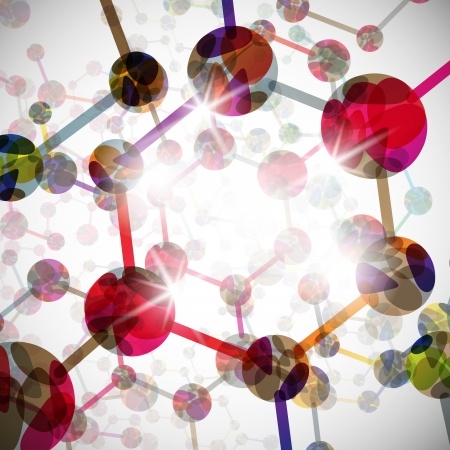Cemetery ecosystems, thunderstorms, cold virus, rose petals, avalanches and what killed the dinosaurs – what could they possibly have in common? They’re all in this issue of SciNews! This eclectic collection of current science news stories is brought to you by STAOBlog. SciNews is published every Monday and Thursday. Stay tuned for more.
 Biology
Biology
Cities are brimming with wildlife worth studying. Science News
Stanley Gehrt took a late-night drive to the cemetery on Chicago’s South Side. Its gate was locked, so he jumped the fence. In the trap he had set earlier, Gehrt found a young male coyote. He drugged it and carried it away. Read more…
Cold virus replicates better at cooler temperatures. Science Daily
The common cold virus can reproduce itself more efficiently in the cooler temperatures found inside the nose than at core body temperature, according to a new study. This finding may confirm the popular yet contested notion that people are more likely to catch a cold in cool-weather conditions. Read more…
Chemistry
How To Make a Rainbow Rose. About Chemistry
Have you seen a rainbow rose? It’s a real rose, grown to produce petals in rainbow colors. The colors are so vivid, you may think pictures of the roses are digitally enhanced, but the flowers really are that bright! Read more…
Physics
Thunderstorms can generate powerful radiation. Science News for Students.
If you’re close enough to a thunderstorm, you’ll hear lightning crackle and roar as it streaks across the sky. Yet some storms offer an even more stunning spectacle — a type of high-energy fireworks. Although invisible to the human eye, some cameras can spy these high-altitude light shows. The radiation can be bright enough to see from hundreds of miles away in outer space. And scientists have now uncovered new data on the source and frequency of this unusual phenomenon. Read more…
 Earth and Space Science
Earth and Space Science
Dino double whammy. Science News for Students.
An Earth-bound asteroid brought a swift end to the time of the dinosaurs. But that impact may have had help in its deadly outcome, a new study concludes. Volcanic activity began in what is now India prior to the collision. It then continued on, long after the impact, the new study finds. Those eruptions may have spoiled the climate for dinos and other forms of life, the team of scientists now argues. Read more…
What Happens When You’re Caught in an Avalanche. World Science Festival.
Snow can be majestic and ethereal, but in the right combination of circumstances, it can prove deadly. Recently, two U.S. ski team prospects perished in an avalanche in the Austrian Alps; in the U.S., an average of 28 people die in avalanches every year,according to the Colorado Avalanche Information Center. Understanding how avalanches are triggered, and how they flow, can suggest new safety procedures and other precautions that could provide some measure of protection on the slopes. Read more…



